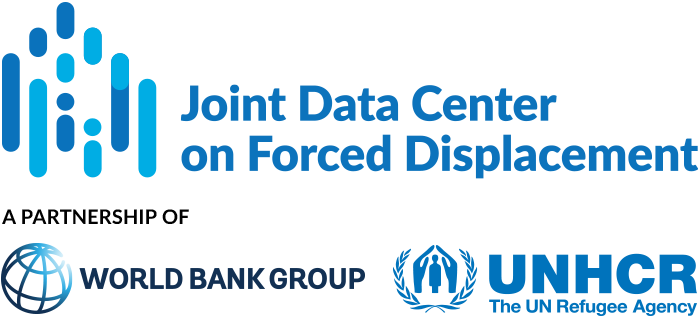This paper estimates the environmental impact of the Mtendeli Refugee Camp in Tanzania.
JDC Literature Review
School violence, depression symptoms, and school climate: a cross-sectional study of Congolese and Burundian refugee children
This paper examines the factors contributing to school-based violence and depressive symptoms among refugee students in the Nyarugusu Refugee Camp in Tanzania.
Home, again: Refugee return and post-conflict violence in Burundi
This paper explores the connection between mass refugee return and the emergence of violence in post-conflict societies, by investigating the impact of mass refugee return to Burundi after the country’s 1993–2005 civil war. The author also considers how the experience of return migration affected individuals’ future behaviour, in the context of the 2015 electoral crisis in Burundi.
Refugee inflows, surplus farm labor, and crop marketization in rural Africa
This article investigates the long-term effects of refugee inflows on host farmers in Tanzania, focusing on effects in labor and crop markets. The Kagera region in the northwest of Tanzania received large-scale inflows of refugee from Burundi and Rwanda in the early 1990s. The Kagera region is remote and impoverished, and most local households engage in subsistence agriculture.
The impact of hosting refugees on the intra-household allocation of tasks: A gender perspective
This paper examines the long-run urbanizing effect of refugee camps in Tanzania. Between October 1993 and April 1994, Tanzania experienced a mass influx of more than 800,000 refugees from Burundi and Rwanda, who were settled in camps located in the remote regions of Kagera and Kigoma. The population of these regions increased by more than a third and this was followed by a proliferation of humanitarian aid agencies and expatriate workers.
The persistent urbanizing effect of refugee camps: Evidence from Tanzania 1985-2015
This paper examines the long-run urbanizing effect of refugee camps in Tanzania. Between October 1993 and April 1994, Tanzania experienced a mass influx of more than 800,000 refugees from Burundi and Rwanda, who were settled in camps located in the remote regions of Kagera and Kigoma. The population of these regions increased by more than a third and this was followed by a proliferation of humanitarian aid agencies and expatriate workers.
Child Labour and the Arrival of Refugees: Evidence from Tanzania
Approximately one million refugees fled the genocides in Rwanda and Burundi and settled in the Kagera region of western Tanzania between 1993 and 1998. By 2004, ten years after the refugees’ arrival, about 400,000 refugees were still living in the Kagera region. This...
The impacts of refugee repatriation on receiving communities
Between 2000 and 2016 around 600,000 Burundian refugees returned from Tanzania, the majority before 2010, with most settling in their communities of origin. This paper examines the consequences of refugee repatriation for communities of return in Burundi, in a context...
The Development Push of Refugees: Evidence from Tanzania
This paper assesses the long-term effects of temporary refugee inflows from Burundi (1993) and Rwanda (1994) on the welfare of the host population in Tanzania. The authors are particularly interested in whether the changes in the host economy after the departure of...
Dar es Salaam, Tanzania: A Case Study of Refugees in Towns
There are approximately 10,000 refugees in Dar es Salaam, the majority from DRC and Burundi. The report examines the vulnerabilities of urban refugees and the difficulties they encounter in accessing basic services. The report begins with an overview of the refugee...


